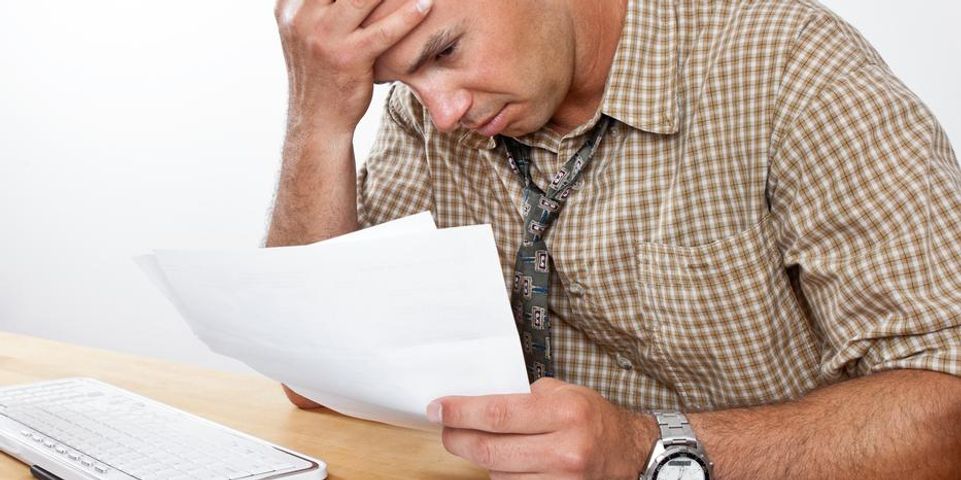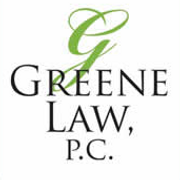
For individual consumers, there are two primary types of bankruptcy filings. While Chapter 7 and 13 bankruptcies differ in many ways, they both provide relief from the burdens of unmanageable debt. Below, these two types of bankruptcy are discussed in depth to help you make the choice that best suits your financial situation.
Chapter 7 Bankruptcy
A Chapter 7 bankruptcy filing eliminates most of your unsecured debts. Things like credit card debt, medical bills, and past due rental charges are usually wiped out by this type of bankruptcy. However, some unsecured debt, like student loans and child support payments, will not be eliminated by a Chapter 7 filing. Chapter 7 bankruptcy allows you a fresh financial start, and while your credit score and ranking will initially take a hit, you can start rebuilding your credit soon after you file. Your bankruptcy attorney will help you determine if Chapter 7 bankruptcy is the right route for you.
Chapter 13 Bankruptcy
 Chapter 13 is not a dismissal of debt—it is a reorganization of debt. All of your outstanding balances will be consolidated (and potentially lowered) into a repayment plan that is more feasible for your current financial situation. This type of bankruptcy can also stop a mortgage foreclosure and allow you to stay in your home as long as you keep up with your monthly repayment obligations. Chapter 13 bankruptcy is ideally suited for individuals with enough income to cover their normal monthly bills in addition to their payment plan.
Chapter 13 is not a dismissal of debt—it is a reorganization of debt. All of your outstanding balances will be consolidated (and potentially lowered) into a repayment plan that is more feasible for your current financial situation. This type of bankruptcy can also stop a mortgage foreclosure and allow you to stay in your home as long as you keep up with your monthly repayment obligations. Chapter 13 bankruptcy is ideally suited for individuals with enough income to cover their normal monthly bills in addition to their payment plan.
To further explore your options with a bankruptcy attorney, call the Connecticut law firm of Greene Law, PC at (860) 676-1336. You can also visit them on Facebook and Twitter to stay current on relevant news and information. At Greene Law, PC, a skilled bankruptcy attorney will help you find a solution to get out of debt and back on solid financial footing.
About the Business
Have a question? Ask the experts!
Send your question

